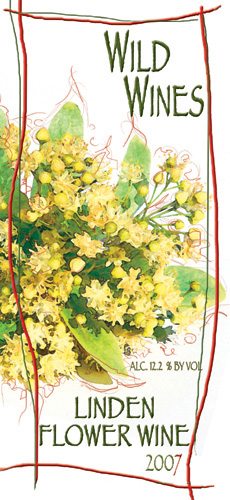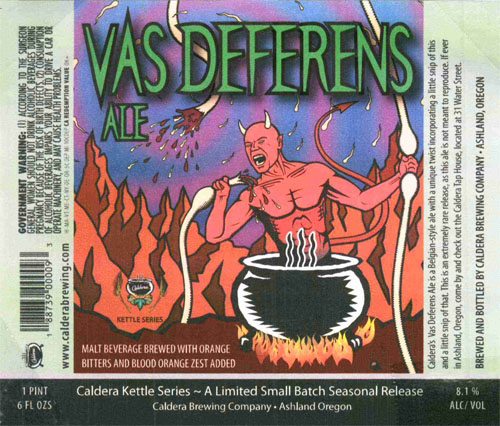This post will start short but is likely to grow long over time. Very long. We will try to show the enormous range of foodstuffs from which wine is produced. With each post we will add to the list, and I predict it will grow way past 50. Today we add Linden flower wine to the list.
- Avocado wine
- Banana wine
- Dandelion wine
- Grape wine
- Kiwi wine
- Linden flower wine. Wild Wines Linden Flower Wine is made and bottled by Wild Wines, of Ashland, Oregon.
- Lychee wine
- Mangosteen wine
- Marionberry wine
- Onion wine
- Pomegranate wine
- Pear wine
- Pepper wine
- Pineapple wine
- Rhubarb wine
- Tomato wine
- Watermelon wine






